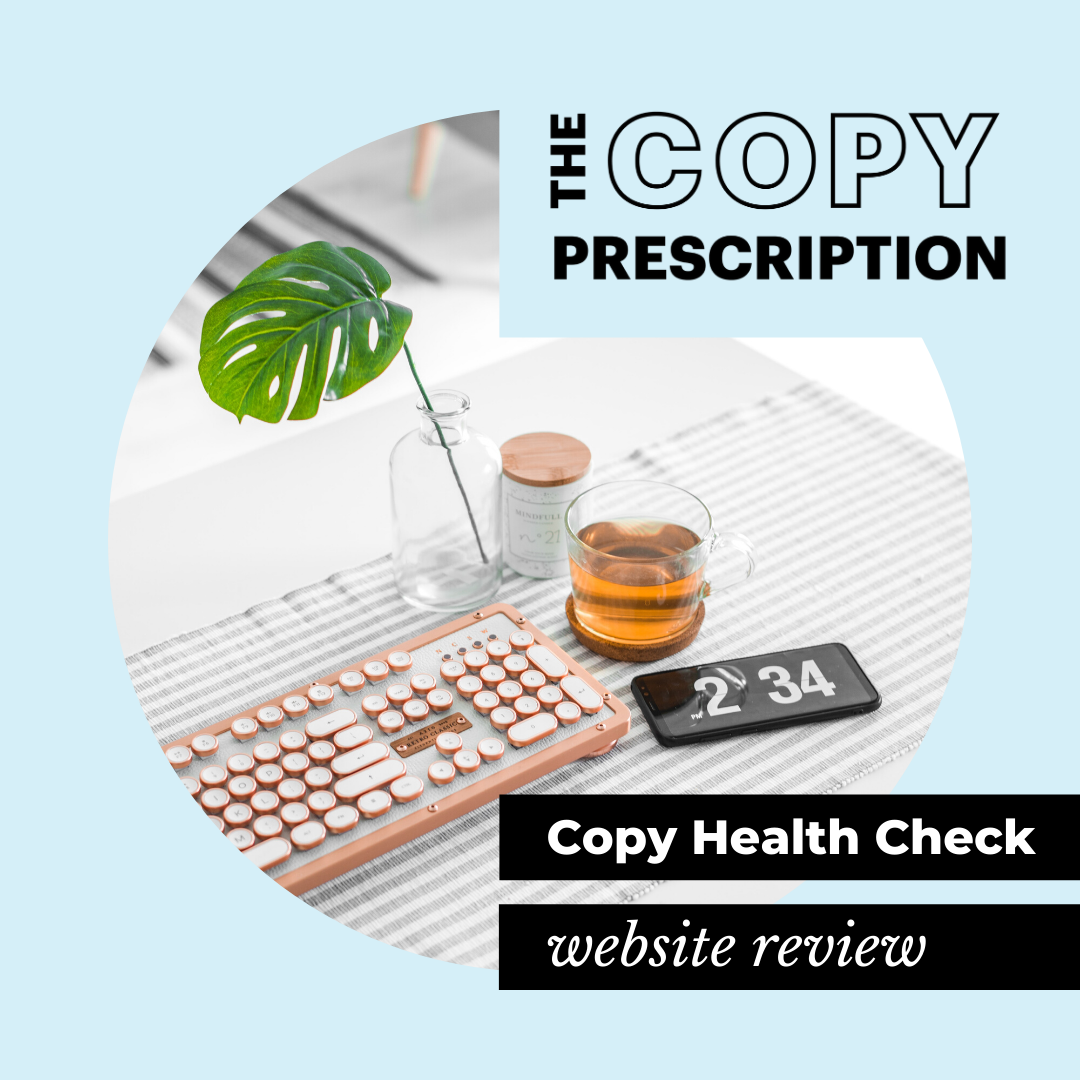4 ways to use 'nudge theory' to make your copy more persuasive
Image: a no-doubt deliciously scented coffee shop
I've always been fascinated by the world of scent marketing.
This is what supermarkets are doing when they tempt us towards the in-store bakery by wafting the aroma of almost-ready walnut cob above the aisles. Coffee shops do the same with the scent of coffee beans, drowning out cheese and ham toasties with a whiff that makes you want to sit down, slow down and come back again tomorrow.
Even Nike stores are at it, scooshing the subtle scent of box-fresh trainers at us to get us in the mood to buy.
And it works. These scents 'nudge' us to feel and behave in a certain way, because our sense of smell is hard-wired into the part of our brain that processes memories and emotions. The smell of baking bread is comforting and homely, pulling us by the nose towards muffins and hot cross buns we didn't realise we needed, but now feel very happy to purchase.
Cheesy twist? Don’t mind if I do.
Nudge theory and the coronavirus response
In the early days of lockdown, the reassuring scent of baked goods in my local Sainsbury’s became more than a marketing tool. It created a sense of safety and comfort as we adapted to our new, socially-distanced shopping routines.
It was a slice of 'the old normal' amongst new measures introduced to prevent the spread of infection. New nudges, like the bumblebee tape marking out two-metre intervals on the floor: a polite reminder to keep our distance from fellow shoppers. Or the shelves stocked up with whatever was available, so the shop would feel normal and customers wouldn’t panic at the sight of empty aisles.
“Yeah, we know you wanted loo roll, but have some Hobnobs instead. Everything’s fine.”
These examples are designed to change our behaviour in some way. Subtle techniques to persuade us to make a certain choice. Pick up an extra bag of donuts. Maintain your distance and protect your fellow shoppers. Keep calm and eat biscuits.
Nudge theory: making the right choice easier
We think we’re rational decision-makers, but really, our actions are influenced by all sorts of emotional, psychological and cultural triggers and biases (and smells).
‘Nudge theory’ is the idea that these triggers can be used to make it easier for us to choose a certain option. It’s a popular strategy for governments, when they want to encourage a population to stick to a new behaviour, such as social distancing, increasing physical activity, going for health checks or using less plastic.
Nudges work well when changing the law would be overkill, but simply telling us to do something differently would be ineffective. They create an external environment that taps into our internal biases, so we make the choice they want us to make, without even realising.
How to use nudges in copywriting
In marketing and copywriting, we use nudges based on these cognitive biases all the time, to prompt readers to sign up for our courses, buy our products, or change our opinion or behaviour in some way.
For example:
The FOMO bias (urgency)
Messages like ‘last chance to buy’ or ‘this week only’ appeal to the reader’s fear of missing out. Emphasising scarcity and urgency (as long as it’s true!) encourages the reader to make their decision sooner, rather than assuming the can come back later, and missing out.
The Goldilocks bias (anchoring)
If you have a preferred service or price point, you might anchor it between two alternatives that are a little less and a little more expensive (or with more/less features), so customers feel good about choosing the best-value option. You’ve probably seen charities do this with suggested donation amounts, to encourage people to choose the 'socially acceptable' middle option.
The Casino bias (loss aversion)
We’re hard-wired to feel worse about losing something than we are about gaining something – even if the end result is the same! (E.g. I’d feel more upset to win £20 and then lose £10, than if I just won £10.) In the current economic climate, we’re seeing more businesses reframe their offers as ‘this will help you reduce your expenses’ instead of ‘this will help you gain XYZ benefits’ as buyers feel more anxious about investment decisions.
The Pink Sheep bias (attention-grabbing)
Our eyes are drawn to what stands out, so if your website visitor wants to buy, make it easy for them to see where to click with brightly-coloured buttons and links.
Wait, isn't this a bit... icky?
Some of this might sound a bit manipulative, and in a sense, it is. But it isn't about tricking people into buying things they don't want. It's about making the right choice easier for them to make.
If someone is reading your website and thinking, “this sounds good, but what if it’s BS?’ you can alleviate their fears by including social proof in the form of a testimonial.
If they’re wondering if your product delivers as described, you can help them feel excited about their new purchase by showcasing the amazing results previous customers have had through case studies and before/after photos, and helping your customer visualise their own success.
Jonny B Truant puts it nicely on Copyblogger.com:
‘Ethical sales copy is about convincing people to spend money on something they need. Sleazy sales copy is about convincing them to spend money on something you want them to buy.’
I’d like to think we’re all doing the former.
(Plus, just think about how many parents are using every ounce of negotiating power they have to get their kids to eat their veg, do their homework and refrain from interrupting work Zoom calls at the moment 😉)
Manipulation is a tool. It’s how you use it that matters – whether that's fighting the spread of infection, or encouraging readers to get excited about getting their hands on a new product that'll make their life easier.
With great power, comes great responsibility, as they say. Let’s use our copywriting powers for good.
Want help making your copy more persuasive? How about a Copy Health Check?











